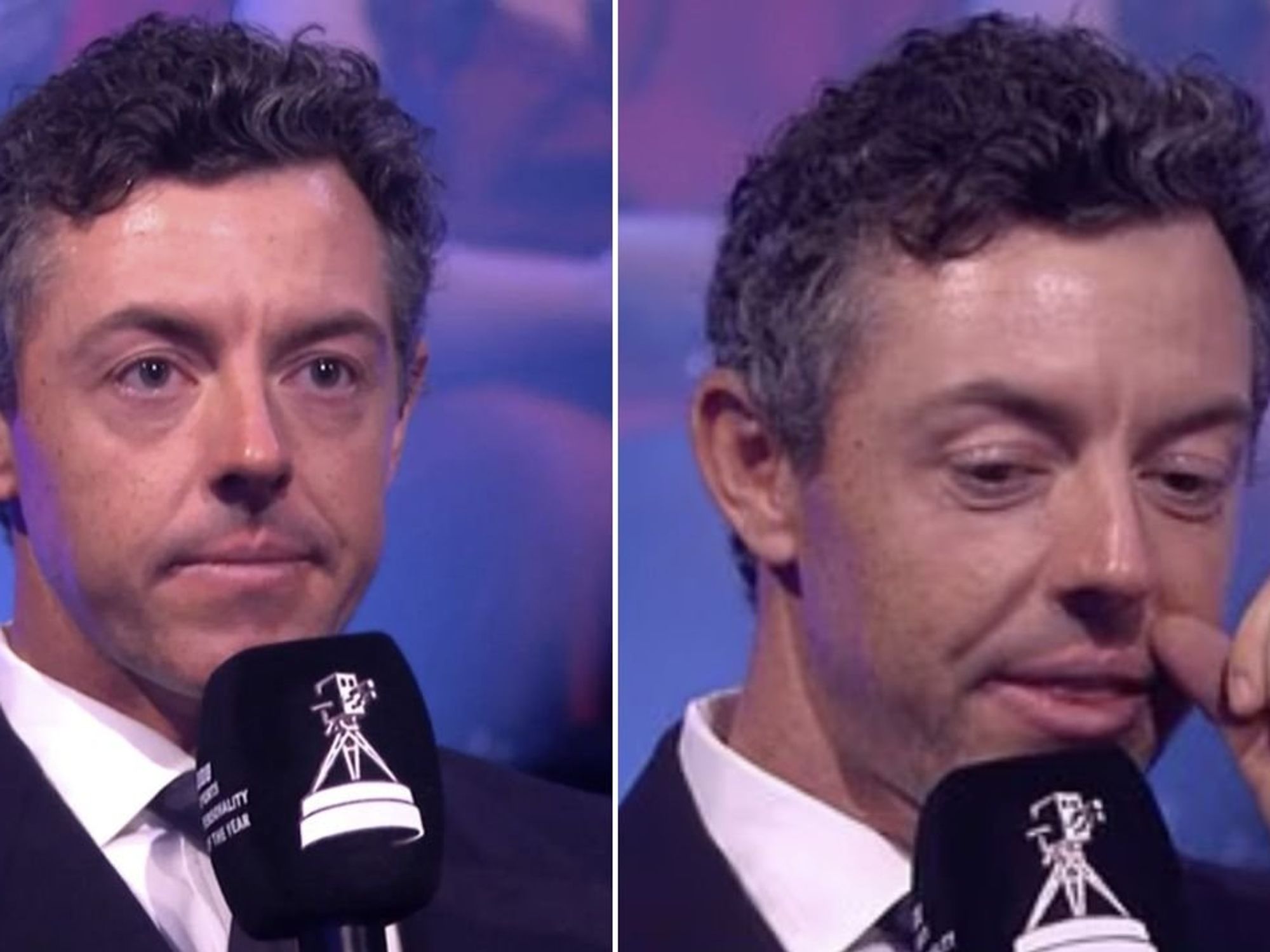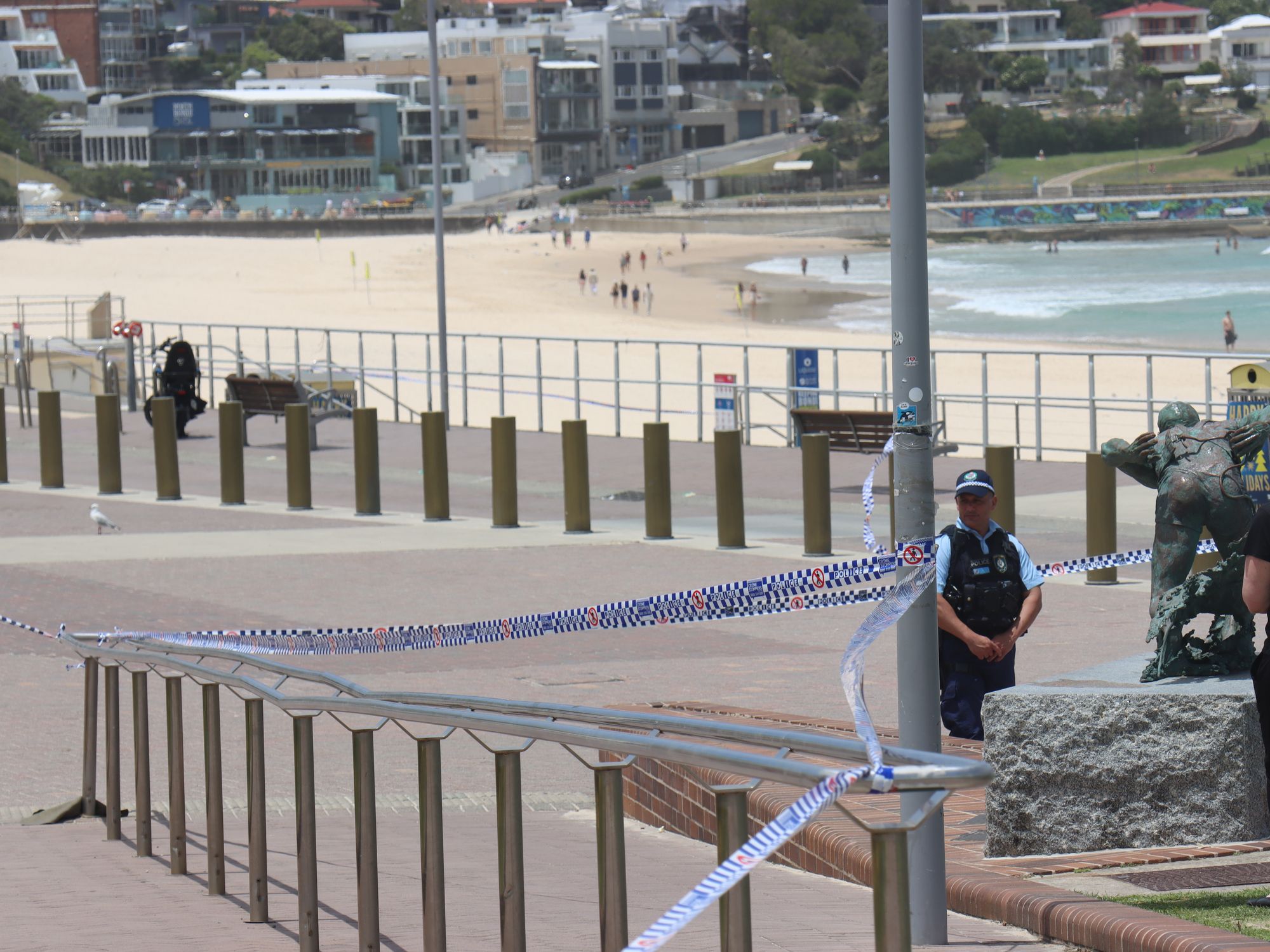EXPOSED: GB News drug tests indicate racing's 'Peaky Blinders' are sniffing more than cocaine in Epsom's stalls
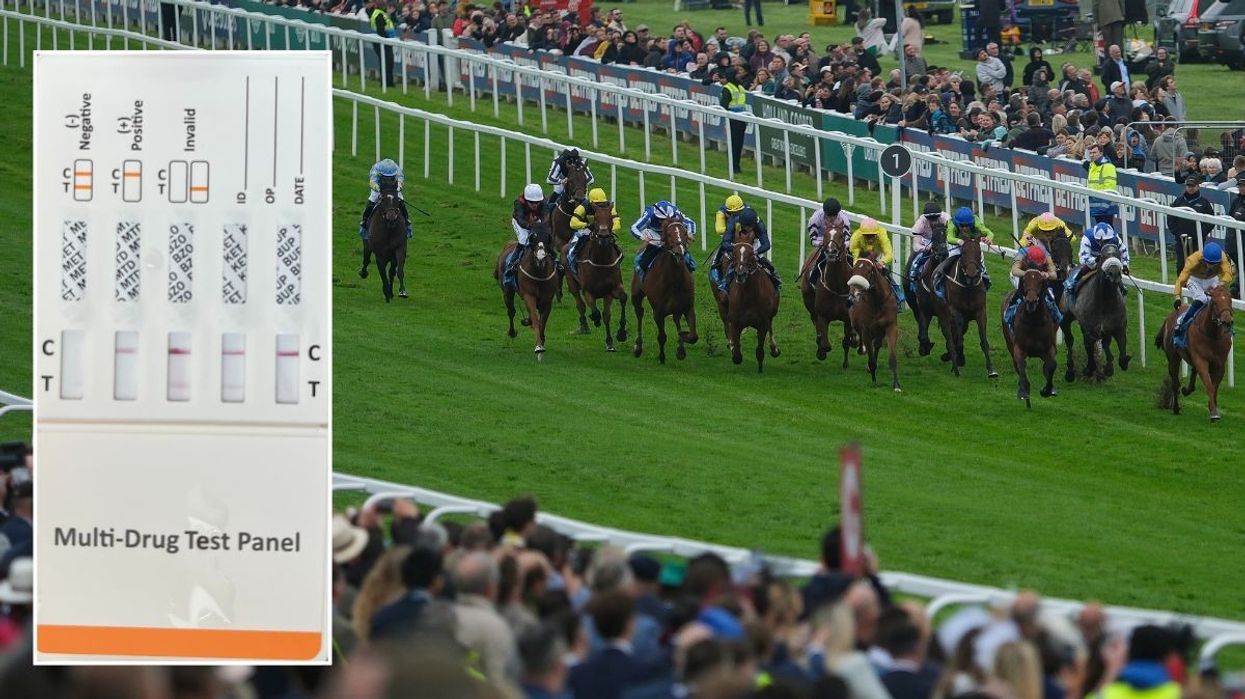
GB News drug testing at Epsom Races found traces of a number of different narcotics
|GB News/ Getty

GB News Reporter Ray Addison investigated the increasing drug problem in British racing at Epsom
Don't Miss
Most Read
“Is this the line for the cocaine?” the man jokes, as we queue for the bathroom stalls at Epsom Racecourse.
Despite being staggeringly drunk, he’s managed to identify the real reason I'm here. Not to partake myself, but to see if I can find evidence of racing’s reportedly growing drug problem.
Over my two days at the Epsom Derby Festival, where more than 60,000 people gathered for one of the sport’s most prestigious events, I witnessed the apparent sights and sounds of drug taking several times.
At ‘The greatest show on turf’, I found references to cocaine use to not only be commonplace but sometimes celebrated, with seemingly obvious drug takers urged on like favourites at the finish line.
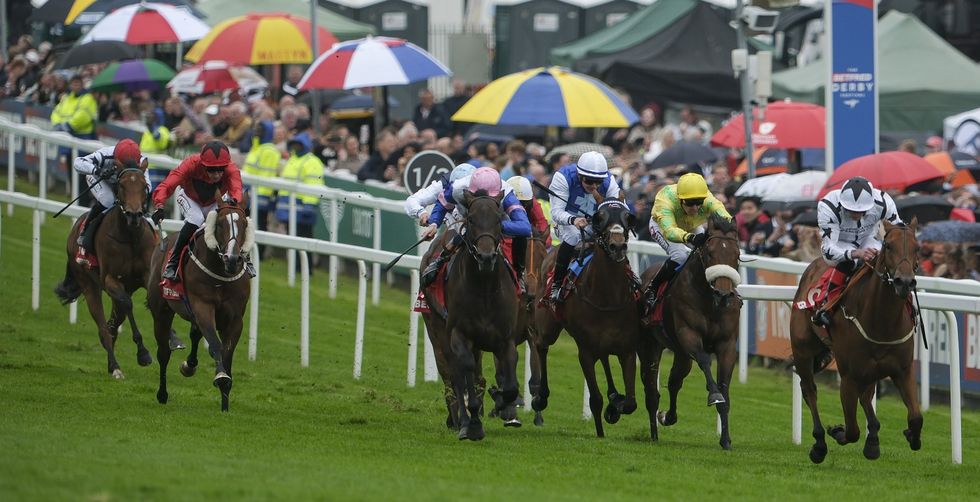
The Derby Festival took place at Epsom Downs Racecourse on May 31
|Getty
And cocaine appeared to be winning by a nose if you’ll pardon the pun.
Roving from stall to stall it wasn’t unusual to hear the sound of snorting.
In one toilet a disembodied voice shouted, “Oi boys it's snowing in here!”, whilst in another a man quipped “Nothing to see here officer!”.
One scene played out in the toilets near the Tattenham Food Court.
I saw two men being loudly cheered as they ducked into the same stall together whilst another using the urinal shouted at the pair “Oi gimmie a sniff!”. However, they ignored him and were finished before he’d even zipped up his trousers.
And all of this was taking place despite the attendance of His Majesty King Charles III and Her Majesty Queen Camilla who handed over the winner’s trophy on Ladies’ Day.
It indicates fresh evidence that racing’s “Peaky Blinders” remain an ongoing concern for the sport.
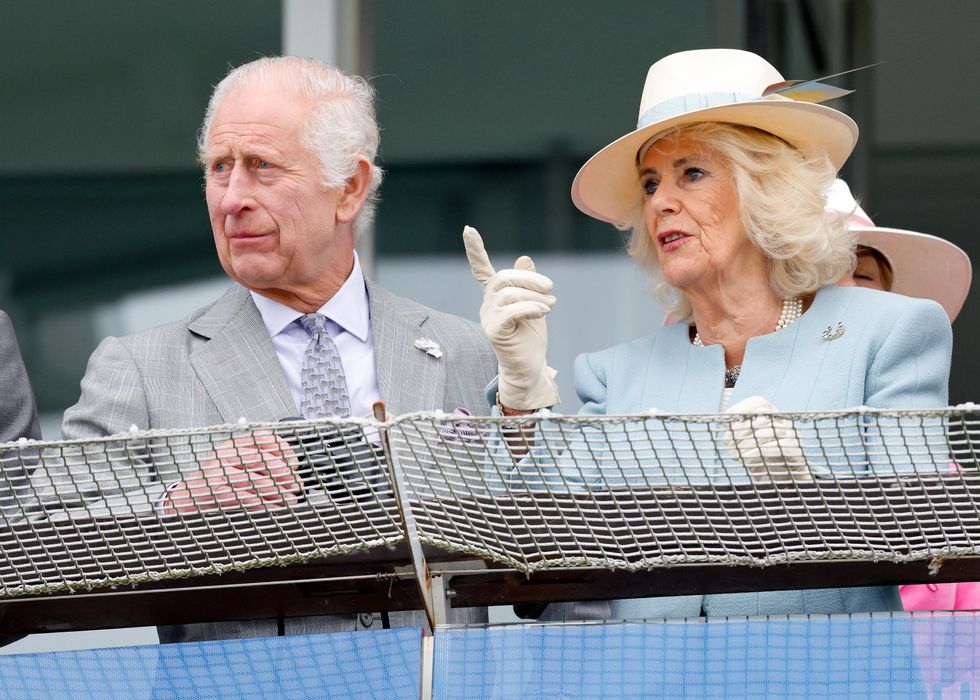
King Charles and Queen Camilla attended 'Ladies Day' of the Betfred Derby Festival
|Getty
First highlighted in April by former jockey and trainer Charlie Brooks writing in The Telegraph, he warned how young men, aping the style and habits of gangsters from the BBC drama series, had “completely changed” once “polite sporting gatherings” such as the Cheltenham Festival.
Calls for tighter security followed, but despite sniffer dogs at the entrance, bag searches, amnesty bins, and dozens of uniformed police officers, it's seemingly clear cocaine still made it into Epsom.
But GB News can reveal racing’s drug problem appears to be more diverse than just cocaine.
We used a surface wipe screening kit which tests for and identifies residue left by ten individual drug groups. When a drug is detected above the cut-off level a single line appears in the ‘control’ region to indicate a positive result.
Tests we carried out on surfaces across Epsom’s toilet blocks indicated the presence of several different narcotics.
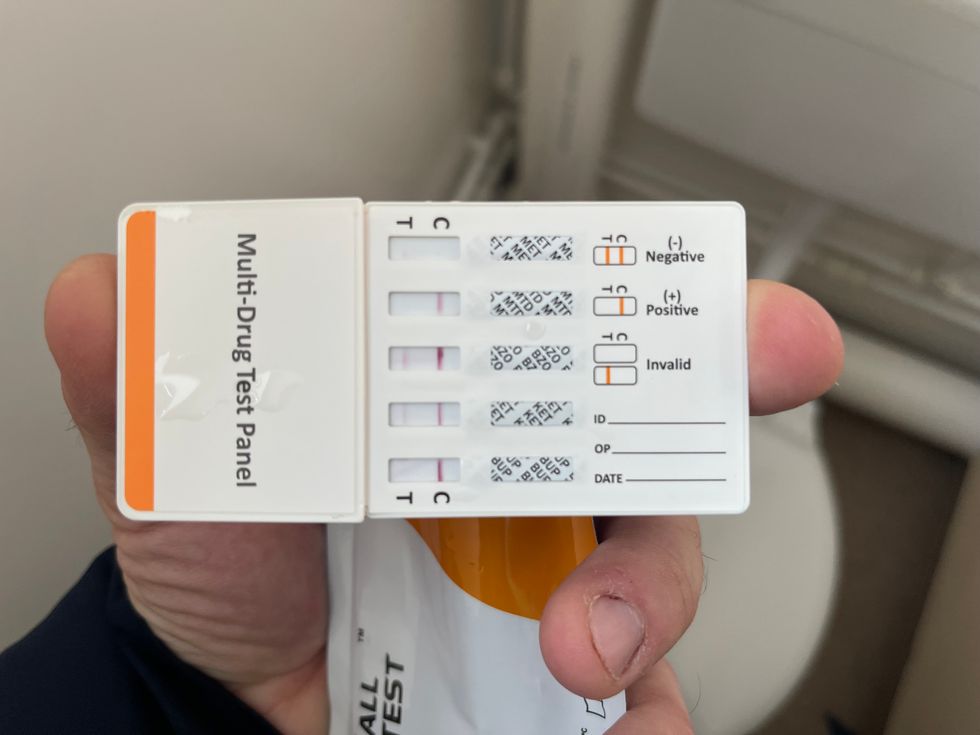
This image appears to show a positive test for Cocaine (Coc) tested at Epsom Derby Festival
|GB News
Although cocaine was the most prevalent Class A which appeared to be present, our tests also indicated the presence of crystal meth - both drugs with a possible penalty of up to seven years in prison for their possession.
Benzodiazepines or ’benzos’ also appeared to be present, an opioid that produces amnesia and muscle relaxation, and is often associated with cases of drink spiking and date rape.
We also found indications of drugs used to stave off withdrawal from opioids such as heroin. Buprenorphine was the most common, along with methadone.
Although tests like this are limited and can only provide at best a preliminary analytical result, 47 per cent indicated at least one controlled substance.
That’s despite the combined efforts of Surrey and Sussex Police Forces and The Jockey Club’s own event security.
Police say 10 arrests were made over the course of the two days, but only one was for suspicion of possessing Class A drugs.
A spokesperson for The Jockey Club, which operates Epsom, Aintree and Cheltenham racecourses said: "We at The Jockey Club are passionate about providing safe and enjoyable experiences for all those who visit our venues and tens of thousands of people who joined us over the two days at Epsom Downs did so while behaving in a considerate and responsible manner.
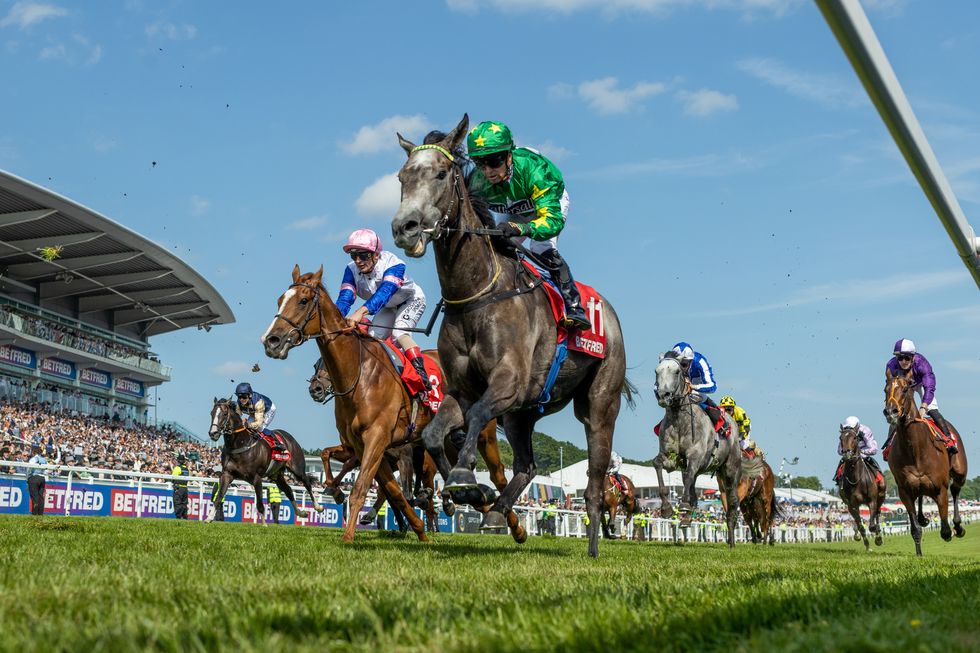
Police said 10 arrests were made over two days, but only one was for suspicion of possessing Class A drugs
|Getty
“Unfortunately, drug use is an increasing societal problem and this is something horseracing in Britain has been working hard to combat, with The Jockey Club taking a zero tolerance approach to illegal substances across all of our racecourses.
“A range of measures were put in place at Epsom Downs, including detection dogs, bag searches and pat-downs in operation at all entrances as well as amnesty bins. Anyone found to be attempting to access the site in possession of illegal substances was denied entry and given no refund on their ticket purchases, with such instances also reported to the police.
LATEST NEWS:
“In addition we would always urge anyone who has reason to suspect any form of antisocial behaviour to contact our teams or police on site as soon as possible.”
A spokesperson for The British Horseracing Authority which is responsible for the governance, administration and regulation of horseracing and the wider horseracing industry in Britain said, “Racing is a sport for everybody to enjoy and key to this is ensuring that racegoers have a positive experience when attending racecourses.
“We condemn all forms of anti-social behaviour, including drug use. This is a wider societal issue at present, but it is also an issue for sporting events, and therefore sports must take action to deter its use. We are aware that our colleagues at British racecourses are working hard to reduce the instances of its impact on racedays and we support those efforts.”






